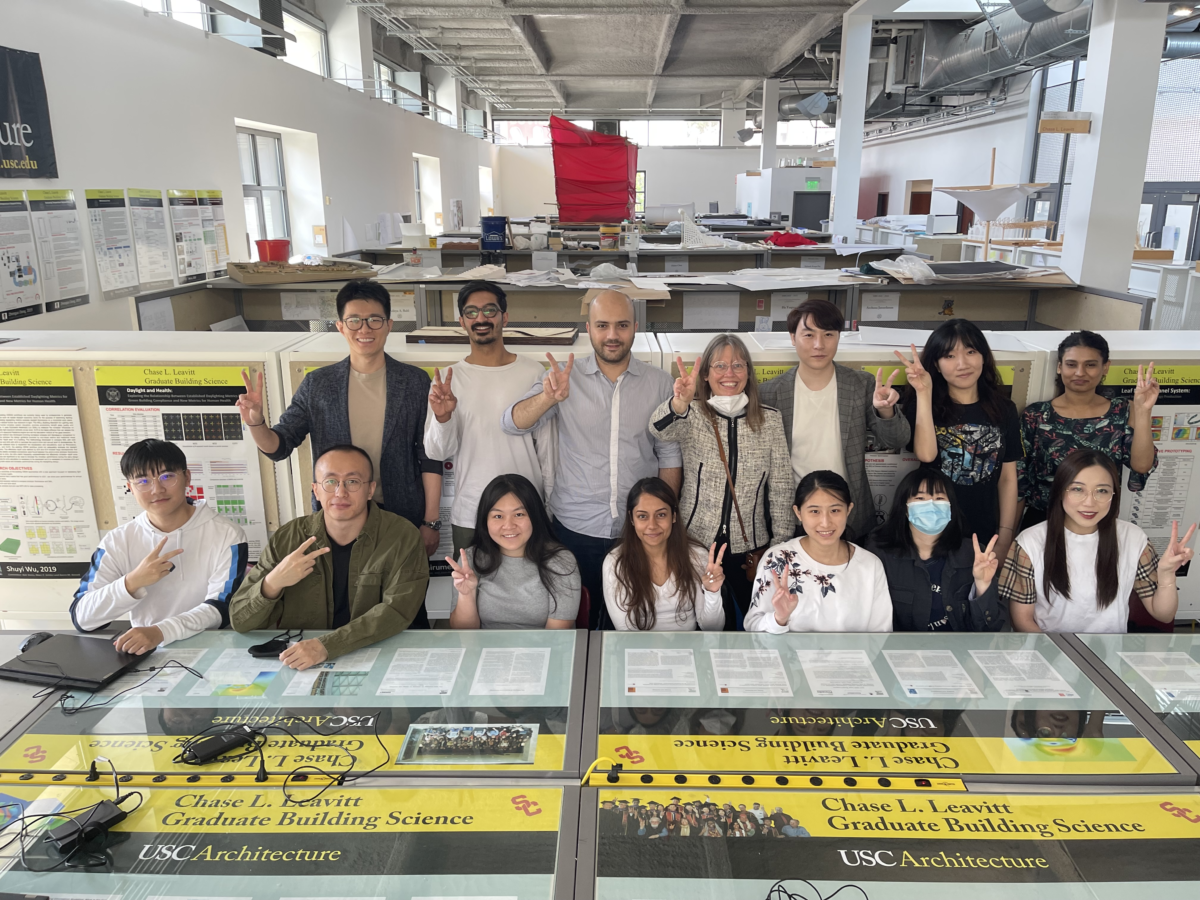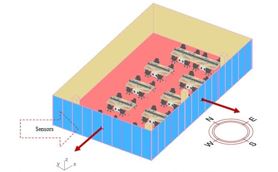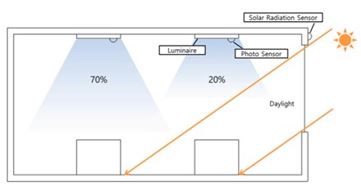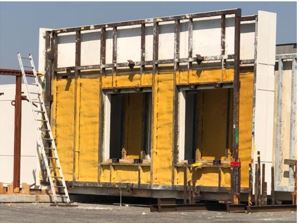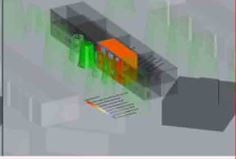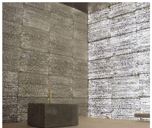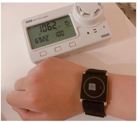Arch 692b is the second part of a two semester long thesis series. In the Master of Building Science program at USC, the written thesis is one of several important elements of the overall academic program. The completed written thesis represents the documented evidence of the ability to craft, carry out, and document a purposeful and detailed research activity. In the ARCH 692 course, the thesis student learned how to undertake serious and scholarly scientific research and to document the process and results.
